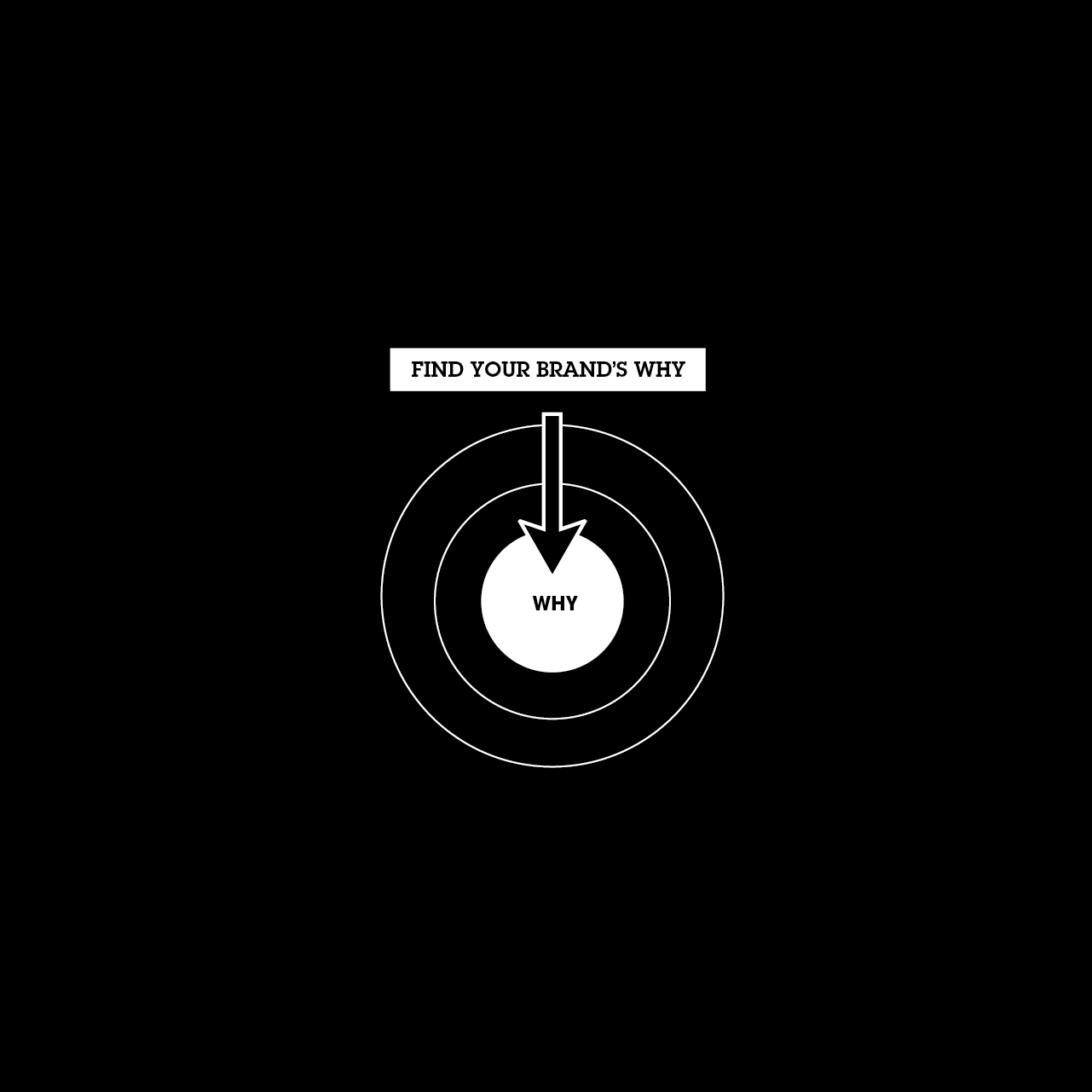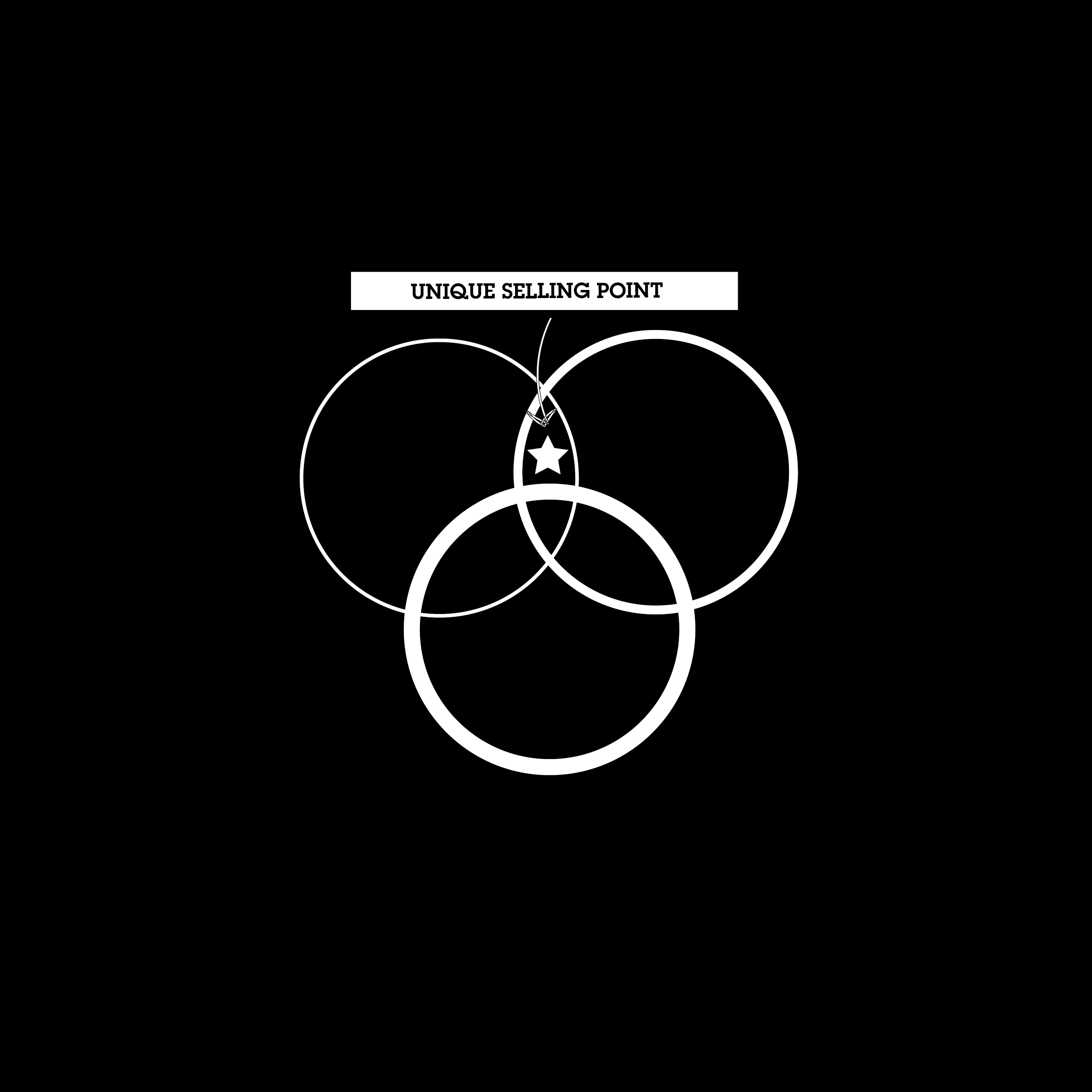Brand Strategy; The 8 Components of your Brand Soul
Read Time: 11 Minutes
Introduction
THIS BLOG WILL HELP YOU UNDERSTAND THE IMPORTANCE OF A BRAND STRATEGY WITHIN YOUR BRAND GUIDELINES
Putting it simply – having a clear Brand Strategy is what makes your business stand out from the rest. It describes what your business is all about, what makes it different from your competitors, and how people will perceive it. If you don’t know what sets your brand apart, then it will be hard for others to get the same great impression of it that you do!
What is a Brand?
A brand is how a business talks to its customers and projects its identity. It can build meaningful relationships over time through its name, logo, or any distinguishing factor that sets it apart from the competition. Basically, with a strong brand, your business can stand out in the market.
Key Takeaways of What a Brand is (W. Kenton.2022)
- A brand is an intangible marketing or business concept that helps people identify a company, product, or individual.
- People often confuse brands with things like logos, slogans, or other recognizable marks, which are marketing tools that help promote goods and services.
- Brands are considered to be among a company’s most important and valuable assets.
- Companies can protect their brands by registering trademarks.
- Types of brands include corporate, personal, product, and service brands.
A strong brand builds a personal, intangible bond with its customers that reaches beyond the product itself.
What is Brand Strategy?
Brand strategy is essentially the soul of your brand – the underlying beliefs, values, and mission that guide everything you do. Without a strong strategy in place, it can be tough to create a consistently engaging brand that really connects with consumers. But with the right approach, you can build a truly humanized brand that people can’t help but love. Think of brand strategy as the foundation for everything else – the core that gives shape and meaning to all the visual elements like your logo, colors, and typography.

Why is Brand Strategy Important for your Business?
But Why?
In today’s world, it’s essential for brands to have a clear sense of their identity to establish strong relationships with their consumers. This requires outlining what the brand stands for and ensuring that everyone representing the brand shares the same beliefs. In the age of information, brands that lack a clear identity will not survive for long. On the other hand, brands with a meaningful strategy that stands out from the crowd and connects with consumers looking for something real and authentic will thrive. So, it’s time to invest in creating a powerful brand strategy that resonates with your audience and sets you apart from the competition.The value of Brand Identity: A Fun Comparison to Blind Dating That Will Convince You
Think of a brand as going on a blind date! Just like you need to know your own unique qualities to make a connection with someone, brands need to define their identity to connect with their customers at a deeper level. Brand guidelines help with that by defining a brand’s personality, values, mission, and vision. By knowing who they are, brands can tailor their messaging to appeal to their customers’ needs and build a strong relationship based on mutual understanding and trust. So, before turning their focus to their customers, brands need to first understand themselves! Click here to read the full analogy.
How do you Develop your very own Brand Strategy?
- Reveal your Brand’s Why
- Define your Brand
- Understand your Industry
- Check out your Competition
- Create your Brand’s Core Values
- Define your Vision & Mission Statement
- Find your Unique Selling Point
- Develop a catchy Strapline
Reveal your Brand’s Why
drive to succeed in every pursuit and lay the groundwork for your
organization to thrive. With a well-defined purpose, your brand will be
able to establish its unwavering beliefs and lay the groundwork for all
your company’s efforts because everything you do will come back to why
you do it in the first place.
Define your Brand
Understand your Industry
Check out your Competition
“Creating a competitor analysis is one of the most important parts of your strategy, because it allows you to get a better understanding of what is and isn’t working in your market.” Melissa. (2020)
As stated by Melissa, a competitor analysis is you doing some reasarch on your competitors. The strategy component is researching certain topics, or metrics to help you create a comparison report to help you navigate your next steps within the industryCreate your Brand’s Core Values
Define your Vision & Mission Statement
Find your Unique Selling Point
Defined in a sentence or two, a USP is specific and highlights a clear benefit of what makes your business stand out against other businesses within your market. Stripped to its core, a USP should answer your customer’s most immediate questions when they encounter your brand; how can you help me or benefit me as your potential customer?
Your business could benefit your customers in these ways: Lowest price, Highest quality, Fastest delivery, or any other factor that influences customers’ buying behavior.
Develop a catchy Strapline
business is unique. It’s like a promise to potential customers, allowing
them to distinguish you from everyone else. And the logo? That’s like a
way of tying the tagline to your brand name, and giving people the
assurance that when they work with you, they’re getting something
special.
Summarize it all into Brand Guidelines
Key Takeaways
- Brand Guidelines contain the two crucial components; Brand Strategy & Brand Elements.
- BRAND STRATEGY = The soul of your Brand.
- BRAND ELEMENTS = The inner & outer beauty of your Brand.
- Brand Strategy helps content creators represent the Brand and ensures its identity is recognizable regardless of the channels consumers view them from.
- Consumers are looking for authentic companies to align themselves with.
- Brand Strategy is comprised of
- Your Brand’s Why
- Brands definition
- Industry Examples
- Competitor Analysis
- A Brand’s Core Values
- A Vision & Mission Statement
- A Brand’s Unique Selling Point
- A Brand’s Strapline
- Your Brand’s Why
Summary

Works Cited/Resources
- Chelsea D’Angelo (2022). How to Develop a Comprehensive Brand Strategy in Eight Steps Brandfolder.com/
- Will Kenton (2022). Brand: Types of Brands and How to Create a Successful Brand Identity. investopedia.com
- Natasha Kapur (/). The Importance of Building a Brand Strategy. precept.co.uk








